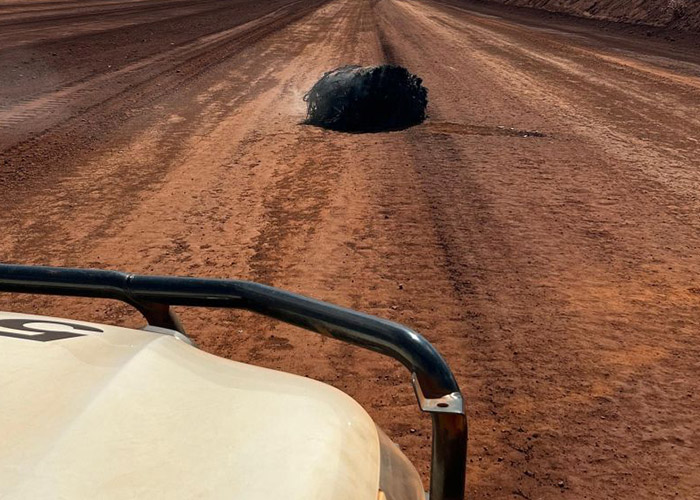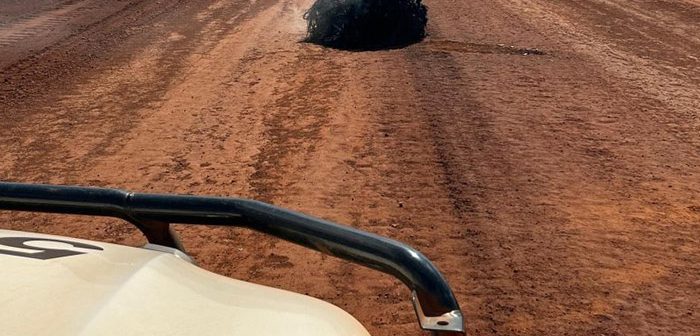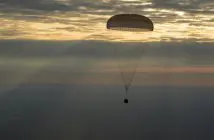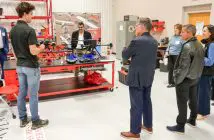
Researchers have confirmed that the suspected space debris found in Western Australia’s Pilbara region originated from a Chinese rocket launched in September last year.
The Australian Space Agency, working alongside local authorities, has been investigating the discovery, initially identifying the object as a possible propellant tank or pressure vessel from a space launch vehicle.
Further analysis by the Space Situational Awareness team at The University of Western Australia has now pinpointed the origin of the debris as the fourth-stage booster from a Chinese rocket that carried eight satellites into sun-synchronous orbit — a path that keeps satellites facing the sunlit side of the Earth.
According to the UWA team, this was the eighth launch of the rocket type, which has developed a recent record of uncontrolled reentries. Just two months ago, a similar booster from the same series reportedly made an uncontrolled descent over Argentina.
The Australian Space Agency confirmed it is continuing to liaise with international counterparts to verify technical details and coordinate with the Chinese authorities on the recovery and analysis process.
“The Agency is committed to the long-term sustainability of outer space activities, including debris mitigation, and continues to highlight this on the international stage,” a spokesperson said.
Western Australia’s vast and sparsely populated terrain has occasionally become a landing zone for re-entering rocket components, a reminder of the growing risks posed by space debris as global launch activity accelerates.
Australia plays an increasingly important role in global space safety through assets such as the Space Surveillance Telescope in Exmouth, which helps track and characterise space objects.
Authorities advise that any member of the public who encounters suspected space debris should avoid handling it and report the find to police or the Australian Space Agency.
The debris has been secured for further testing, and more details are expected as the investigation continues.
Image Credit: Australian Space Agency





